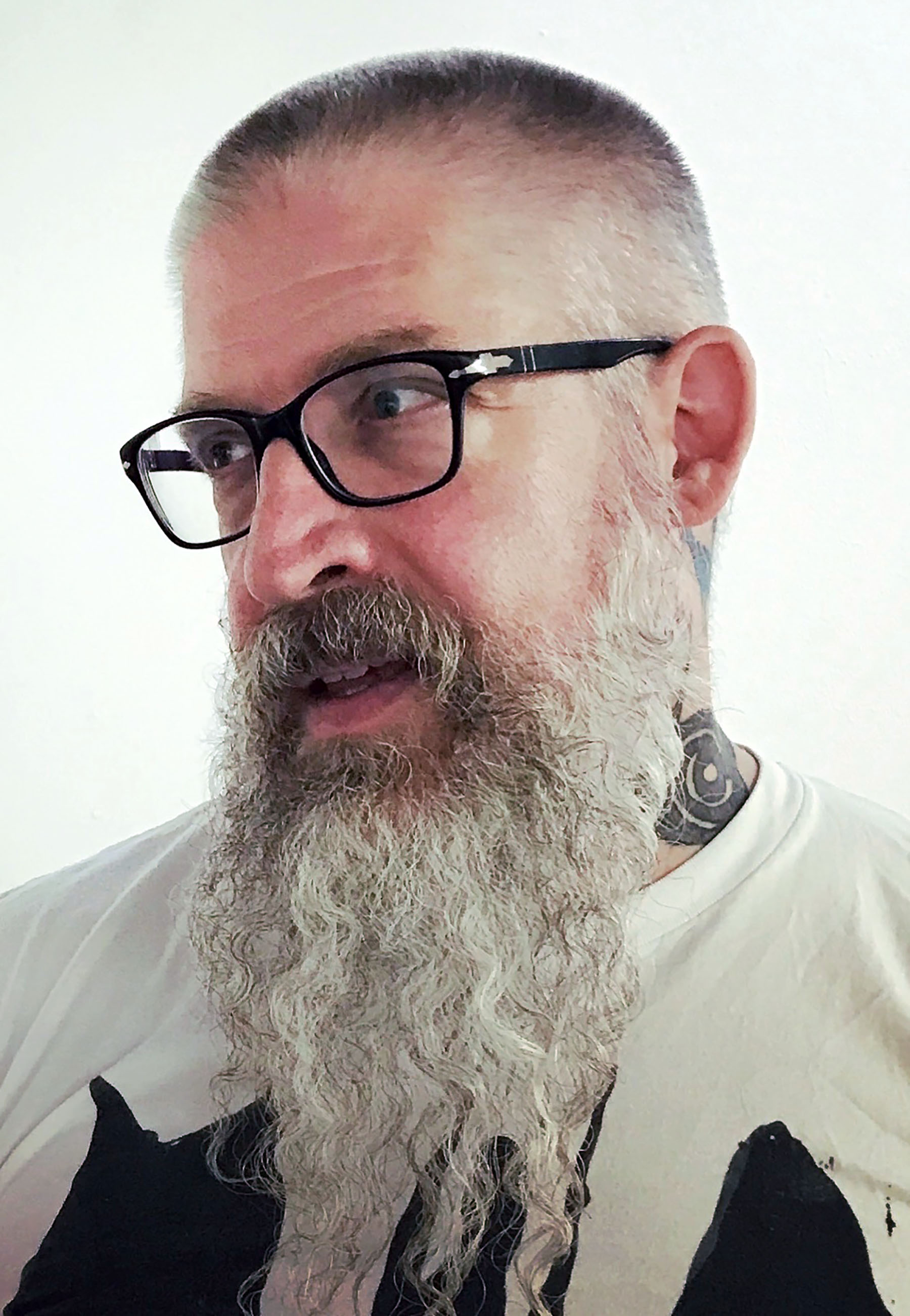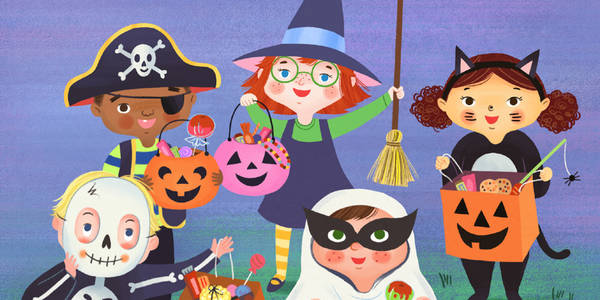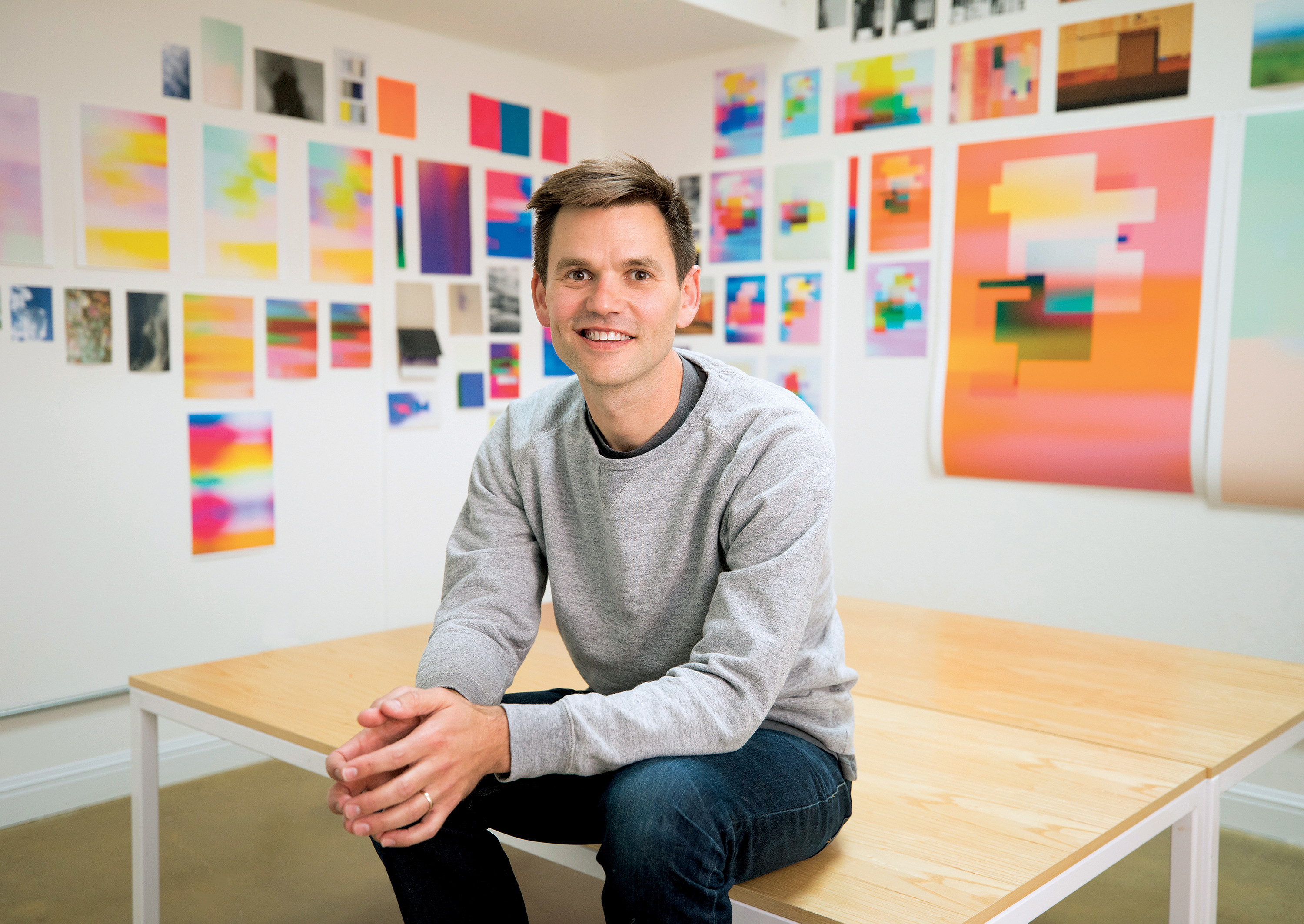
feature / illustration / faculty / students
November 28, 2017
Writer: Solvej Schou
Images: Courtesy of:
Esther Pearl Watson
Aaron Smith
Hilda Rios
![]() ILLUSTRATION FACULTY SUMMIT ADDRESSES DIVERSITY, EQUITY AND INCLUSIVENESS
ILLUSTRATION FACULTY SUMMIT ADDRESSES DIVERSITY, EQUITY AND INCLUSIVENESS
What is a microaggression? How can faculty members introduce varied imagery in the classroom? What can instructors do to ensure they’re being mindful of a diverse student body?
With students from more than 40 countries at ArtCenter, and the surrounding Los Angeles area a melting pot of cultures, ethnicities, religions, genders and sexual orientations, the need for understanding and implementing inclusiveness is vital.
ArtCenter’s Illustration Department, the College’s largest department, recently held a one-day diversity summit with more than 40 faculty members. During the summit, which Chair Ann Field described as an event “tackling a very timely subject in a creative manner,” the faculty addressed issues of diversity, equity and inclusion within ArtCenter’s pedagogy, the overall philosophy of the Illustration Department and specific teaching assignments.

Nothing’s going to change unless we, as faculty, have a discussion about how we’re presenting art history.
Esther Pearl Watson

“I decided that nothing’s going to change unless we, as faculty, have a discussion about how we’re presenting art history and bringing in guest speakers,” says Illustration instructor and alumna Esther Pearl Watson (BFA 95), the summit’s co-organizer with alumnus and Illustration Associate Chair Aaron Smith (BFA 88).
“We talked about reframing teaching to be more like being a mentor or guide,” Watson says. “People were open, and wanted to better themselves.”
As part of the summit, faculty members learned about various critique techniques, including the use of equity cards—a technique in which students’ names are written on cards, the deck is shuffled, and the instructor randomly draws a card to determine the presentation order.
The group also discussed microaggressions, a term first coined in the 1970s by psychiatrist Chester Pierce. According to Columbia University faculty member Derald Wing Sue, racial microaggressions are brief and everyday slights, insults and denigrating messages—whether intentional or unintentional—by white people toward people of color.
Instructors talked about bringing in guest speakers that represent an array of viewpoints, narratives and backgrounds. They also emphasized the importance of students sharing their own stories.
“We have very savvy students who want to have stronger messages in their work, from creating animated characters that look like real people to projects that are going to be graphic novels or children’s books,” says Watson, whose students in her Fall 2017 Smart Image/Social Impact course created posters for a Fall 2017 poster series, exhibit and critique initiated and organized by Antiracist Classroom, an organization facilitated by and made for students of color at ArtCenter, in an effort to foster a more representative and equitable learning environment.
The poster series and exhibit—in direct response to Antiracist Classroom meetings and feedback from students of color about how they experience microaggressions in the classroom—aimed to start a dialogue around ways to speak out about microaggressions and hold those responsible accountable for their actions or words. The series looked for posters answering the question, "What tools, strategies or approaches might you use to interrupt or counteract microaggressions?"

Students are looking for clues about how to behave, and what conversations to have, by their faculty as well as their peers.
Aaron Smith

Smith added that within Illustration, students primarily make images and tell stories where the human figure is represented more than anything, so there’s significance in addressing diversity—as faculty did during the summit—when it comes to figure drawing.
“We began the conversation with, ‘If you’re in a drawing class, who’s being drawn? Who are the models? How are the models being presented? Is there a cultural context for those models?’” he says.
Considering subject matter with diversity in mind, and integrating ethics and good practices into conversations about the art and design industry, establishes a precedent.
Recently, Smith guest-lectured in a class and, as an aside, told a story about finding a piece of artwork. During his telling of the story, he mentioned a conversation he had with his husband about the find.
“The mere mentioning of a husband in my life, which was integral to the story, could possibly make someone in the class feel safer and normalize and validate their own experience,” says Smith.
Faculty members are, in many ways, role models, he adds, and can present themselves as facilitating a conversation rather than having all the answers.
“Students are looking for clues about how to behave, and what conversations to have, by their faculty as well as their peers,” he says. “The simple representation of the individual is helpful. It also brings up that down the line we’re going to have more representation of diversity within our faculty, staff and student body.”




